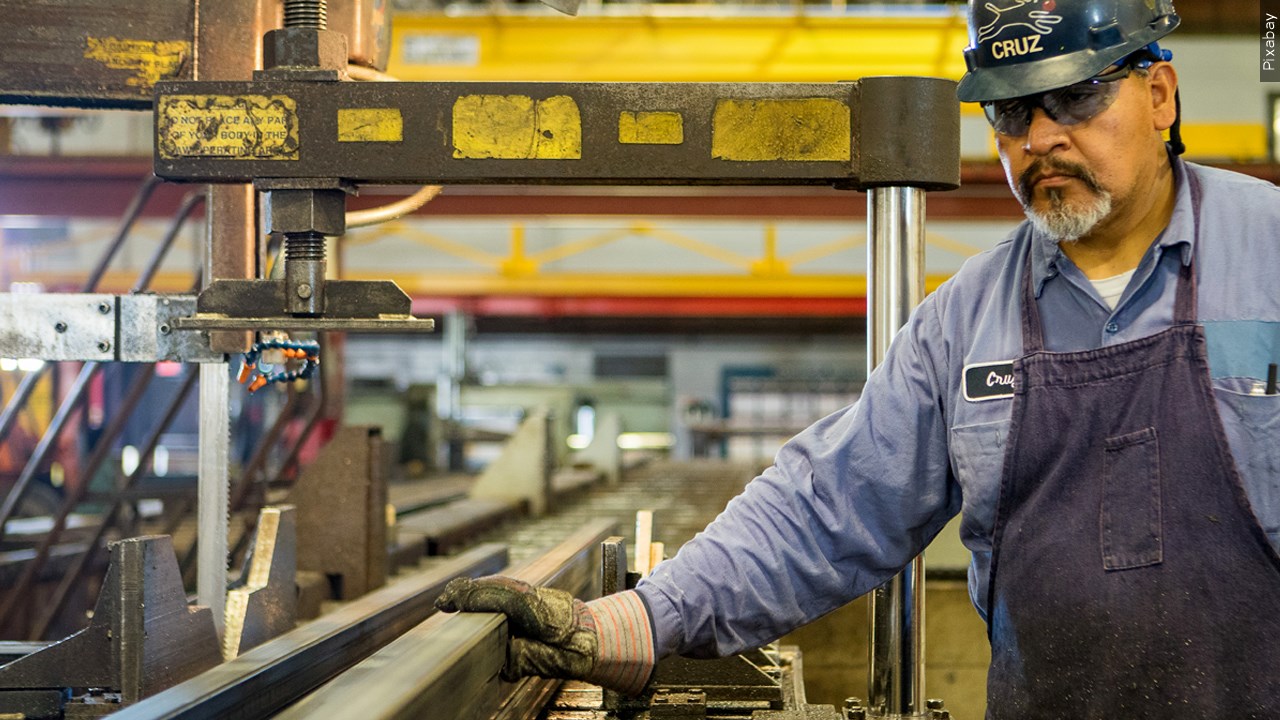By Bryan Mena
US manufacturers have now mostly worked their way through their backlogged orders — and that means job cuts could be on the horizon as soon as this year.
Those orders, which accumulated because of supply chain disruptions in the early days of the pandemic, have helped keep the manufacturing industry mostly insulated from the mass layoffs seen in other sectors, like technology and finance.
Supply chains, which clogged up during the pandemic and were choked off again after Russia’s invasion of Ukraine, have improved considerably in the past year, and manufacturing backlogs are dwindling fast. Meanwhile, demand for manufactured goods has fallen in recent months as consumers and businesses pulled back on purchases in favor of experiences such as travel and dining out.
An analysis by Wells Fargo economists shows that unfilled orders of core capital goods adjusted for inflation, or backlogs, are expected to return to pre-pandemic levels within the next five months. And surveys from the Institute for Supply Management show that the manufacturing sector has been contracting for several months, while fewer manufacturers report an increase in backlogs.
Workforce reduction
While softer demand has allowed manufacturers to reduce their backlog, once it runs out and demand remains subdued, companies will begin to consider reducing their workforce, said Shannon Seery, an economist at Wells Fargo.
“We’re only seeing a gradual pullback in hiring for manufacturing, even as new demand slows, because these backlogs are still helping sustain activity,” she said.
However, she noted: “All of last year we saw the level of outstanding backlog come down, so that and this hit to demand will make firms decide whether to pull back on their capital expenditures, which we’ve already started to see, or begin to lay off workers in an effort to protect profitability.”
Orders for nondefense capital goods excluding aircraft, a key measure of business investment, declined in four of the seven months through February, according to data from the Department of Commerce. Overall orders for durable goods, such as appliances, cars and furniture, fell in three of the past four months through February.
“New orders are starting to soften and supplier deliveries are improving slightly. This is allowing us to reduce our backlog and build a buffer in some categories,” one electrical equipment and appliances manufacturer said in the ISM’s March survey.
Data gauging the manufacturing industry’s health has been mixed. S&P Global’s preliminary manufacturing index for April showed an improvement for the first time in six months, but manufacturers still expressed “some concerns regarding a shift away from goods towards services among customers following the end of the pandemic,” according to the report released on Friday.
A survey of manufacturers in the Federal Reserve’s Chicago district showed that activity deteriorated in April from the prior month as the pace of hiring slowed. Respondents said they expect to pull back on hiring over the next 12 months.
Manufacturing saw job losses in February for the first time in 21 months, according to the Bureau of Labor Statistics. There were additional manufacturing job losses in the following month.
Already, 3M announced earlier this year that it is cutting 2,500 manufacturing jobs globally because of weakened consumer demand and disruptions in its operations overseas. Dow Inc. also announced thousands of layoffs at the beginning of the year.
However, while manufacturing layoffs are expected, they are likely to be limited. Companies are still struggling to hire and, due to a phenomenon known as labor hoarding, they will hesitate to shed workers because of previous difficulty in attracting and retaining talent.
“Given how difficult it has been to find labor and keep it, manufacturing companies are going to do everything they can to try to avoid layoffs,” said Joshua Shapiro, chief US economist at forecasting firm Maria Fiorini Ramirez. “But I think they can only do that for so long, so they will eventually have to bite the bullet and start laying people off.”






Leave a Reply